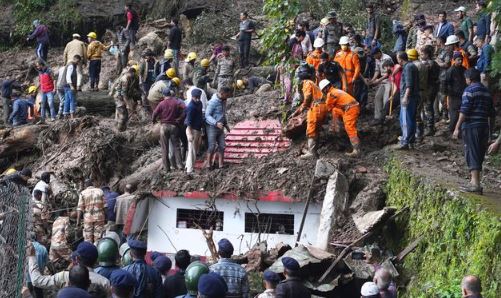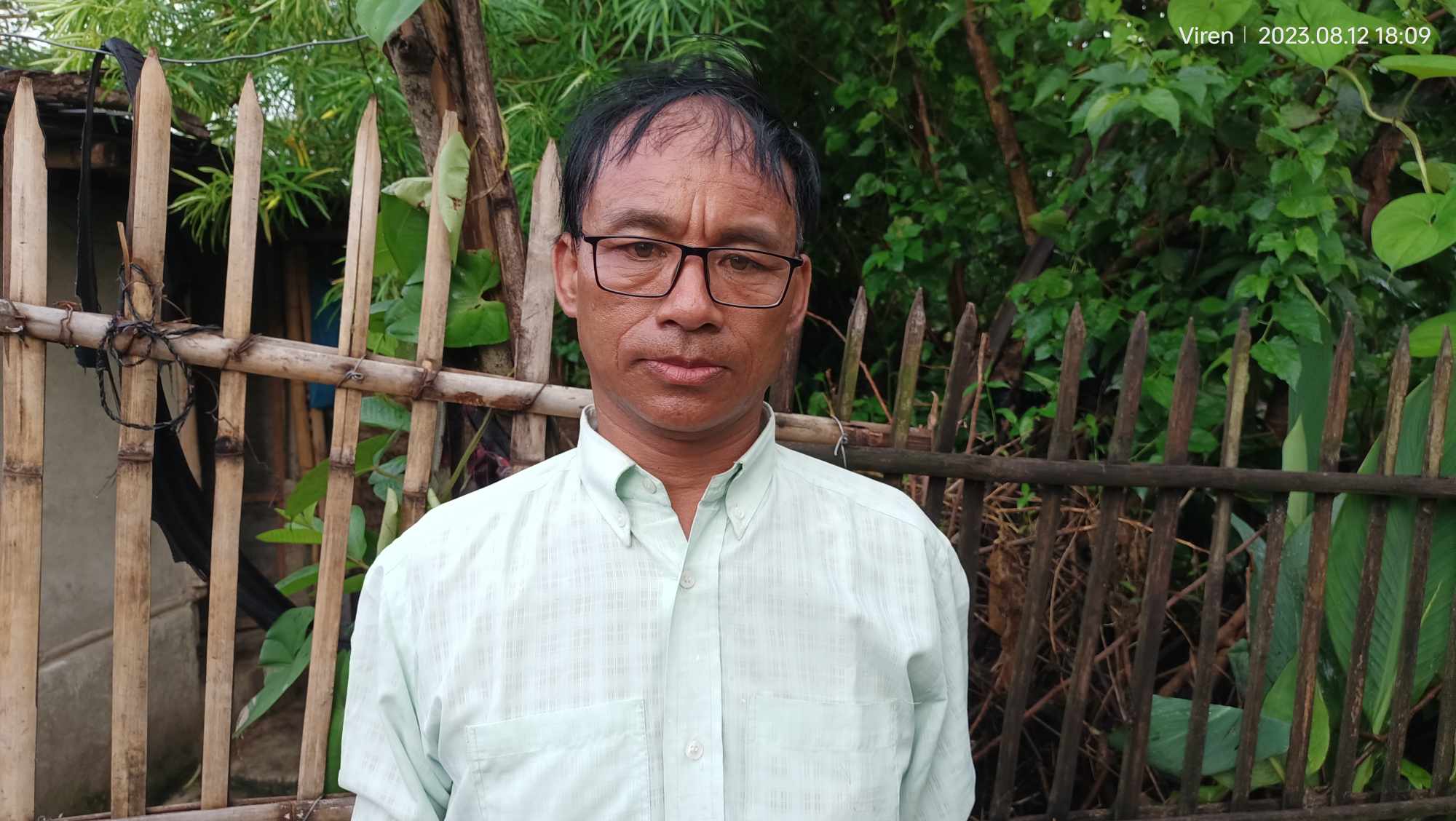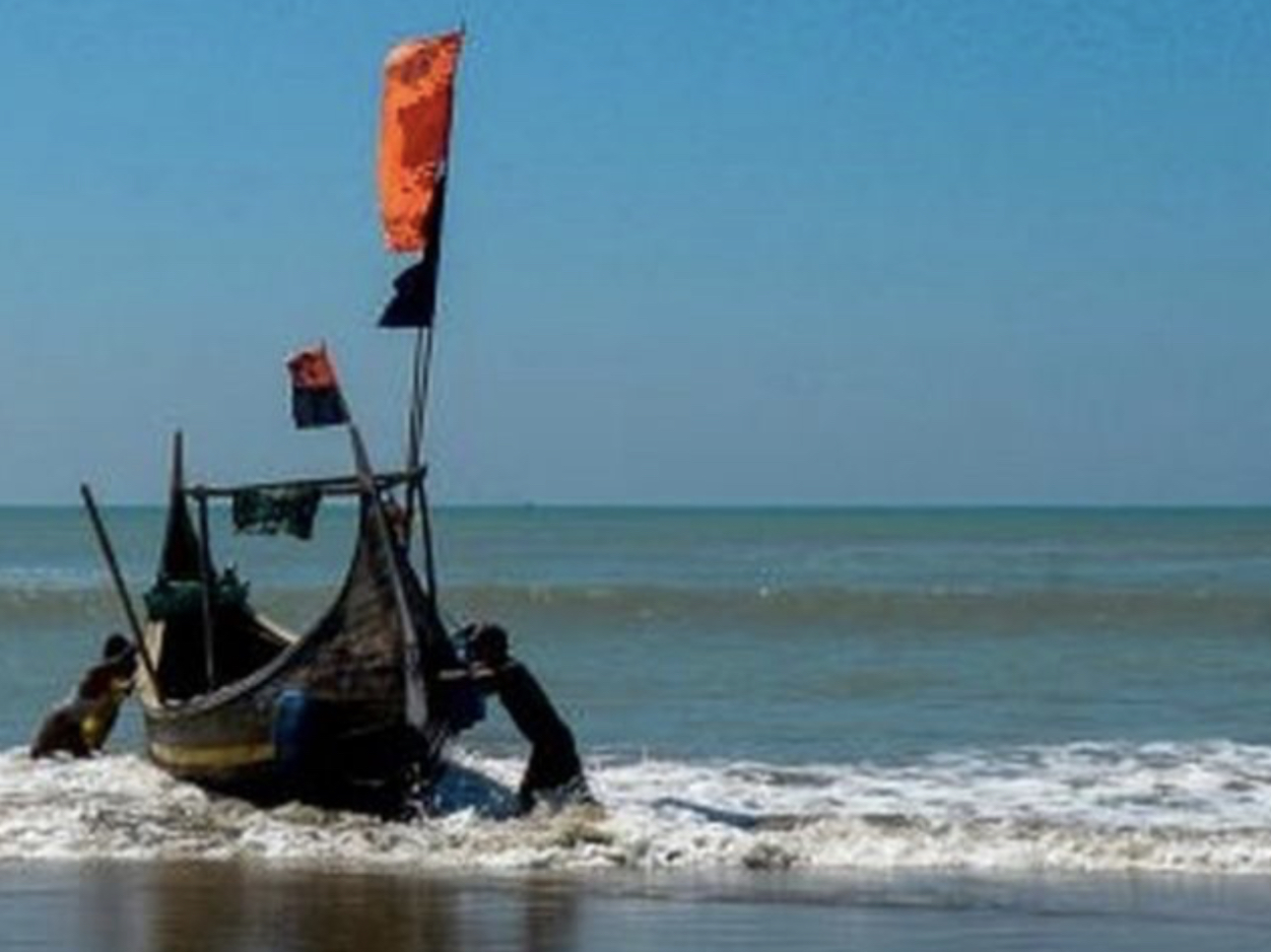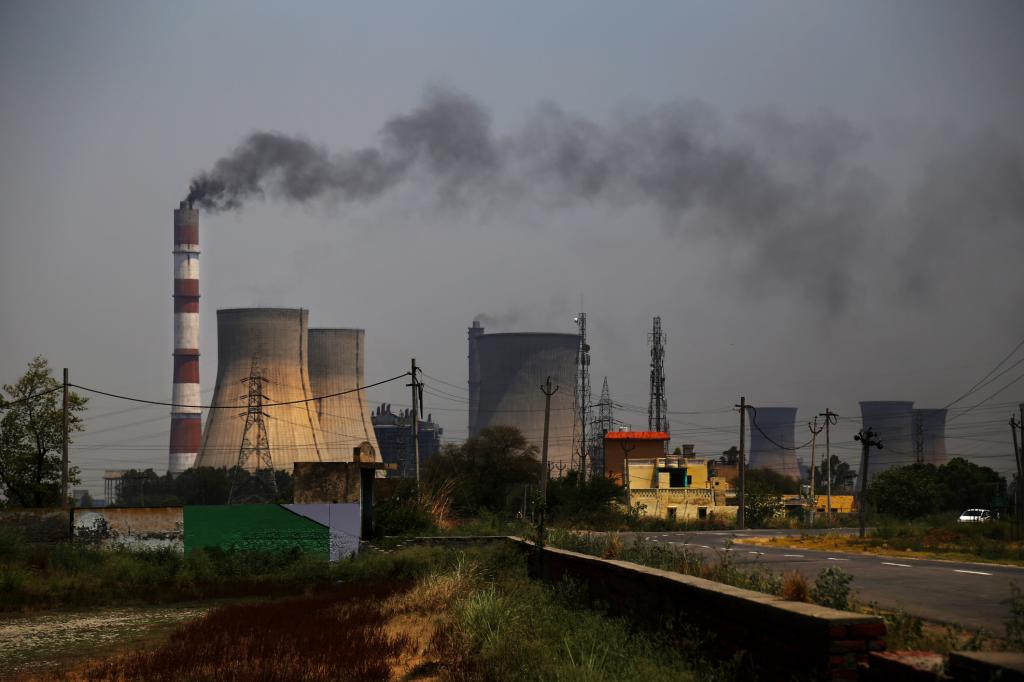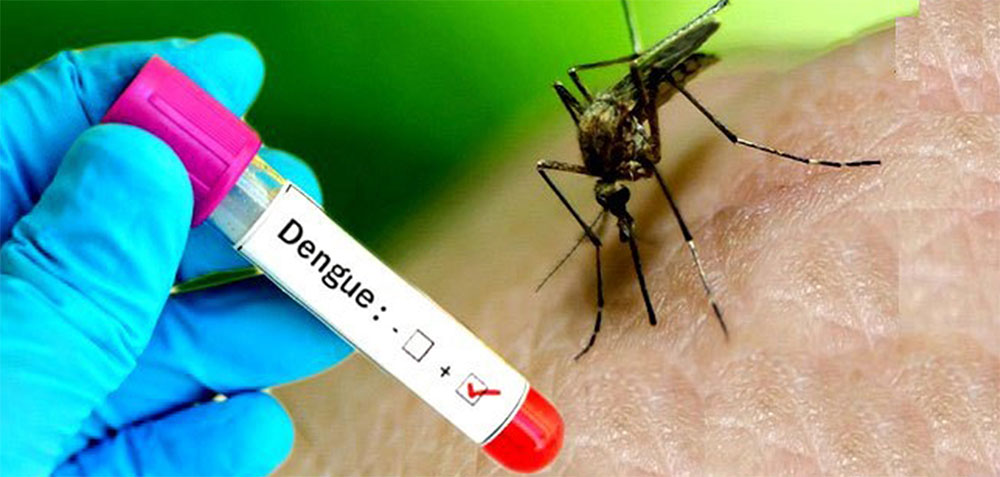London — As the South Heritage Month kicks off in the United Kingdom, South Asia Time, a prominent publisher, is bringing the rich cultural tapestry of the South Asian region to the forefront. This month-long celebration aims to shed light on the vibrant history, traditions, and contributions of the eight nations that constitute South Asia: Afghanistan, Bangladesh, Bhutan, India, Maldives, Nepal, Pakistan, and Sri Lanka.
The term “South Asia” has gained prominence over the past few decades, replacing the previous label “Indian Subcontinent” that referred to the southernmost region of Asia. The rich background of South Asia stretches back over 5,000 years, with the Indus Valley civilization dating back to around 3000 BCE. This enduring heritage is evident in the well-preserved ancient bathhouse ruins, advanced sanitation systems, and ancient monuments dedicated to gods like Shiva.
Each of the eight countries in South Asia holds unique attributes that contribute to the region’s cultural diversity. Afghanistan has used poetry for storytelling for over a millennium, while Bangladesh’s identity is closely tied to its vast network of rivers. Bhutan has made environmental protection an integral part of its constitution, requiring extensive forest cover. India boasts the largest land area in South Asia and the second-highest global population, while the Maldives stands out as the world’s flattest nation. Nepal’s varied elevations have earned it the moniker “water tower,” and Pakistan holds the distinction of being the fifth most populous country globally. Sri Lanka, often referred to as the “Pearl of the Indian Ocean,” is celebrated for its biodiversity and natural beauty.
Religion plays a pivotal role in South Asian societies. Hinduism, Buddhism, Jainism, Sikhism, Islam, and even Judaism have left an indelible mark on the cultural landscape. Hinduism’s diverse beliefs and gods offer various perspectives, while Buddhism, founded by Siddhartha Gautama in Nepal, has spread worldwide. Jainism promotes non-harm (ahimsa) and influenced Mahatma Gandhi’s philosophy of non-violence. Sikhism, originating in Punjab, emphasizes discipleship, and Islam finds its roots in what is now Saudi Arabia. Even Judaism has a historical presence in South India, believed to be rooted in migration from the Cochin Synagogue Temple’s destruction in Jerusalem.
Family structures, etiquettes, marriage traditions, and gender roles vary across South Asia. For instance, joint families are prevalent in India, where a “Karta” makes key decisions. Cleanliness has cultural importance in Nepal, with certain body parts deemed pure or impure. Traditionally, marriage proposals consider socioeconomic status and caste. Gender roles, although evolving, have historically placed women in household roles while men engage with the community.
Traditional clothing, like the sari, holds cultural significance across Afghanistan, Bangladesh, Pakistan, India, Sri Lanka, and Nepal. The colors of saris carry meaning, with red symbolizing fertility and white denoting widowhood. Hindu men wear dhotis, and these garments reflect cultural values and history.
South Asia’s tourist attractions are world-renowned, including the iconic Taj Mahal in India, Rangiri Dambulla Cave Temple in Sri Lanka, the breathtaking Nepal Himalaya with Mount Everest, and the stunning beaches of the Maldives. These attractions showcase the region’s rich history, spiritual heritage, and natural beauty.
As the UK commemorates South Heritage Month, South Asia’s multifaceted culture, traditions, and contributions are being celebrated and shared with the world, highlighting the region’s timeless legacy and contemporary significance.









